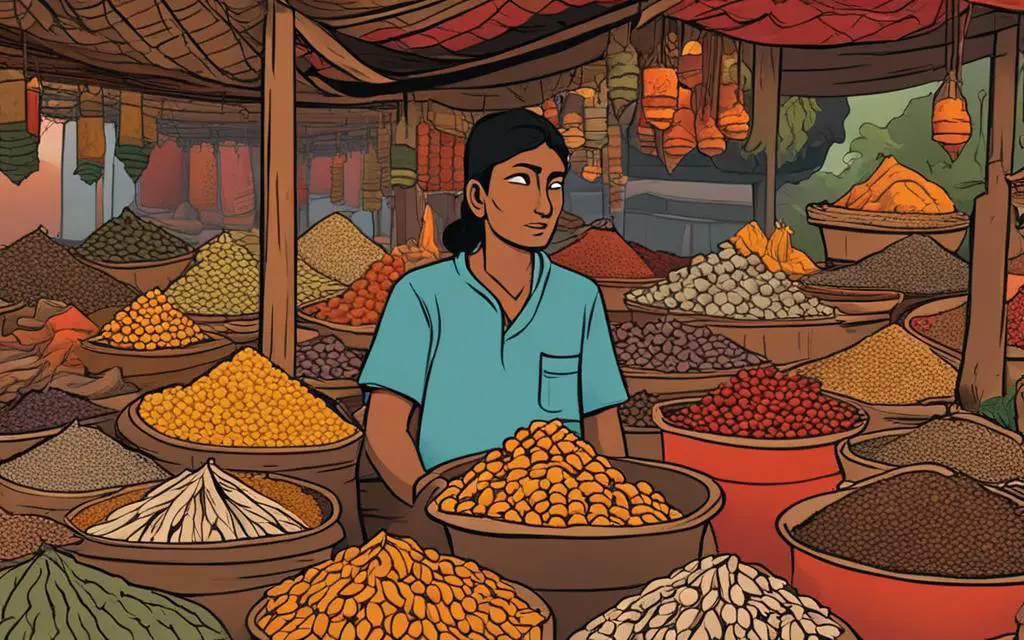Indian cuisine is famed for its lively blend of spices that provide our bodies with natural digestive support and help absorb essential nutrients more effectively. But overindulgence in spicy foods may lead to discomfort and stomach upset, even leading to life-threatening illness in some cases.
Why is Indian Food So Spicy!! North Indian cuisine is so spicy because spices help prevent food from spoiling quickly, helping protect us against diseases and pathogens.
Why is Indian Food So Spicy!! Chili Powder
Indian cuisine’s fiery punch is created through a host of spices. While its intensity should not overwhelm your senses, rather it should tantalize and leave you craving more. One explanation of Indian food’s spicy nature lies not only within its ingredients themselves but also with their varied levels of intensity that can be achieved using them all together.
Chili powder is one of the cornerstones of Indian cooking, composed from finely ground chili peppers of various colors ranging from red, yellow and orange hues. Used sparingly due to its intense spice level.
Garlic is another essential ingredient to Indian spicy cuisine, lending an earthy and pungent aroma and taste. It often pairs well with turmeric, fenugreek and other herbs for extra depth of flavor; however it can stand alone as well. Before being added to dishes it is typically deep fried in oil first for maximum flavour and aroma.
Garlic powder is a concentrated form of garlic with a strong, pungent taste, making it an essential ingredient in curries and marinades, although too much could become overwhelming.
Mustard seeds are an integral component of Indian cuisine. From toasting whole seeds for use as flavor enhancers in oils for cooking to grinding them into paste for curries and salads, mustard seeds provide their distinct nutty yet bitter flavor that pairs beautifully with almost every Indian dish.
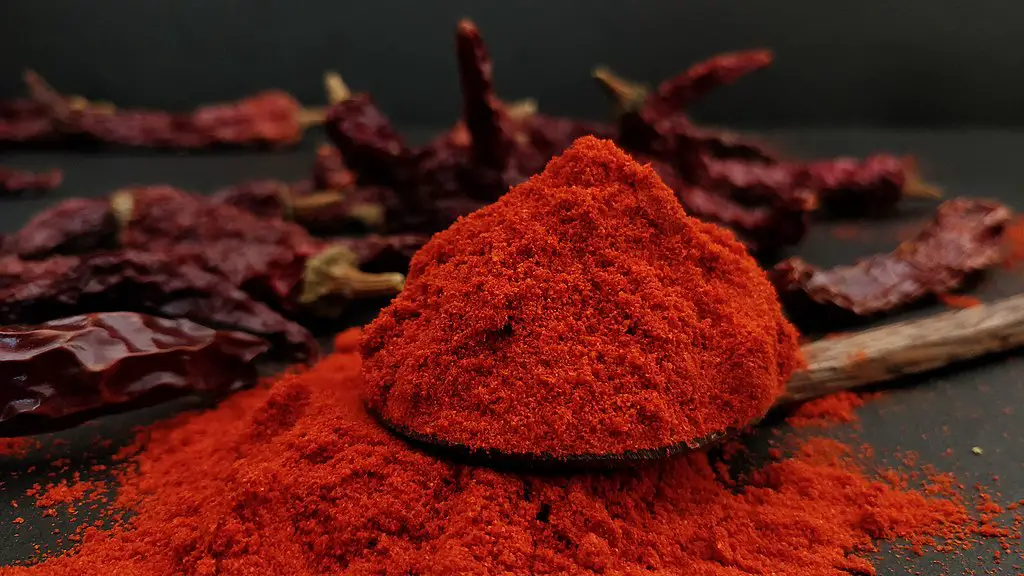
Garam Masala
Garam masala is an aromatic ground spice blend traditionally used to add warmth and depth of flavor to Indian dishes. It typically includes cinnamon, cardamom, cloves and nutmeg with sharper spices such as cumin and black pepper for balance. Garam masala can be used in curries, dals and rice dishes alike for maximum effect.
Making garam masala from scratch with whole seeds is always the preferred approach, allowing the spices to give off their full flavors and aromatics while being fresh and free of pesticides or contaminants. If making garam masala yourself is too daunting of a task for you, well-stocked supermarkets will usually carry it.
Garam masala contains ingredients like turmeric, coriander seeds, cumin seeds, mace (also called javitri in Hindi), black pepper and nutmeg – although saffron, which comes from crocus flower stigmas, is another popular component. Saffron gives Indian dishes their distinctive golden color!
When making garam masala at home, make sure that all ingredients are dry roasted over a low heat and ground into powder using either a spice grinder or coffee grinder – this helps release their aroma and creates a delectable, well-rounded product. Cleaning spices thoroughly prior to toasting them is important to avoid pest infestation and keeping the final product fresh for up to six months! Finally, store it all airtight container.
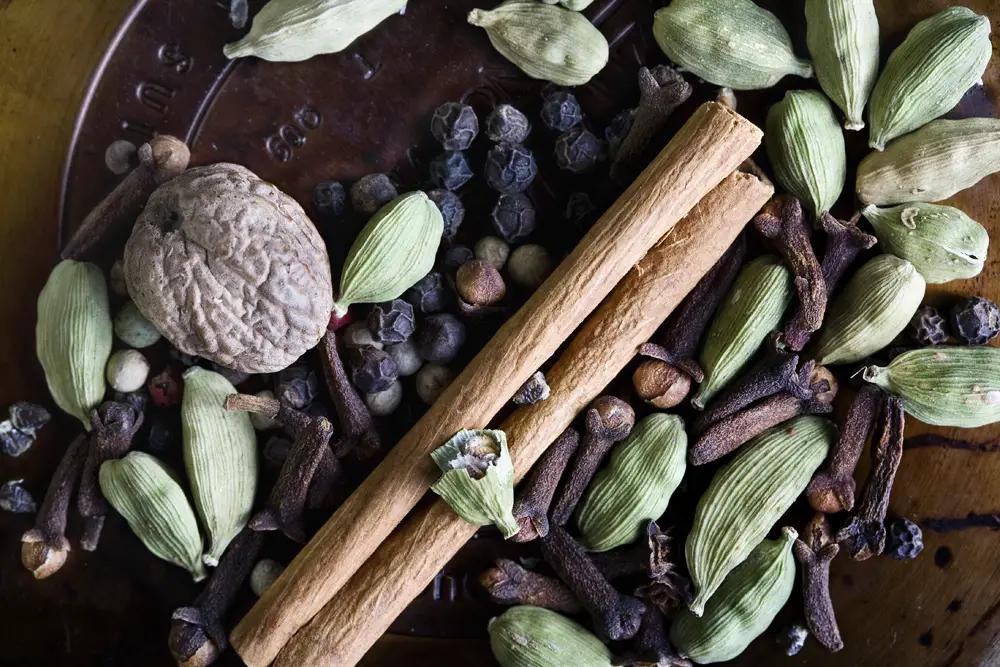
Fenugreek
Fenugreek is another essential ingredient in Indian food that adds distinct flavors. You’ll often find it sold whole seeds, ground into powder, or as part of spice blends such as garam masala or berbere. According to Danahy, adding it can help balance bitterness and spiceiness of dishes like aloo methi (potato curry containing cumin, red chilies, turmeric and sauteed fenugreek leaves), or in dishes like makhani dal stews made with toor dal, garam masala turmeric and fenugreek.
As opposed to asafoetida, which can prevent food from spoiling quickly due to its antihelmintic properties, fenugreek’s main purpose is flavor enhancement. Danahy notes that typically dry roasted or ground into powder before being added into recipes like these: vegetarian dal palak with grilled skewers and steamed rice are great ways to use it!
Indian cuisine can be very spicy due to the way its spices combine together, helping to temper its intensity. Eating spicy food also stimulates our digestive systems into producing extra acid that aids in digesting our meals and assimilation of their nutrients – one reason why drinking plenty of water while consuming Indian dishes is crucial.
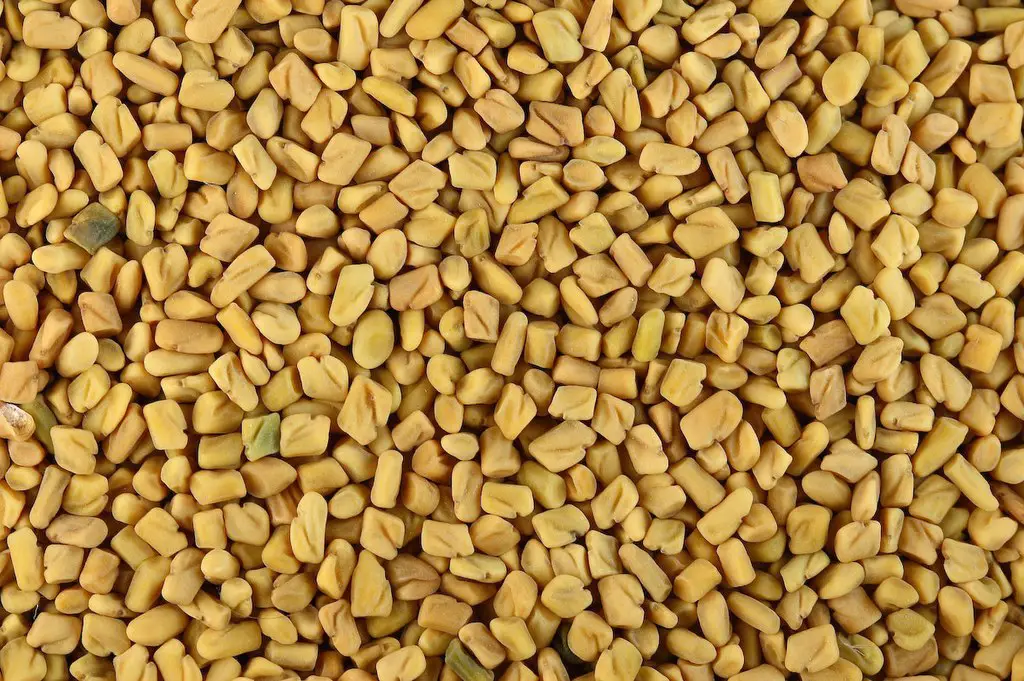
Mustard Seeds
An Indian spice blend would not be complete without these tiny seeds that add an intensely fiery kick. Commonly referred to as “nigella seeds“, or sarson, they come from mustard plants in the cruciferous family such as broccoli, Brussels sprouts and cabbage – they are harvested and toasted to intensify their potency, giving dishes an aromatic, sharp, nutty flavour while being packed full of vitamin C and essential minerals like magnesium calcium and selenium.
Seeds used as tempering are commonly added to dishes such as dal, sambar and chutneys. When heated in a pan or skillet until they begin crackling and popping, creating an inviting fragrance. They deliver similar heat but with shorter lasting pungency than chili peppers; you can toast them or use a spice grinder to turn them into powder for use in dishes such as this.
These delicious seeds add depth and complexity to any dish they’re added to, while their pungent aroma compliments other spices in a dish perfectly. Furthermore, these tasty seeds are an excellent source of vitamin B6, iron and antibacterial benefits!
Coriander seed is an integral ingredient in Indian cuisine, including dishes like dal and vindaloo. The fragrant citrusy aroma of this spice resembles that of eucalyptus thanks to cineole–an essential oil found in the leaves and stems of coriander plants that has an earthy undertone–making this staple a fantastic ingredient that can either be deep-fried in oil or ground into powder for use in recipes.
This spice contains high concentrations of glucosinolates, compounds known to help combat cancer by inhibiting cell proliferation and encouraging them to die off. They have also proven their digestive-enhancing benefits by stimulating our stomach’s production of natural digestive juices.
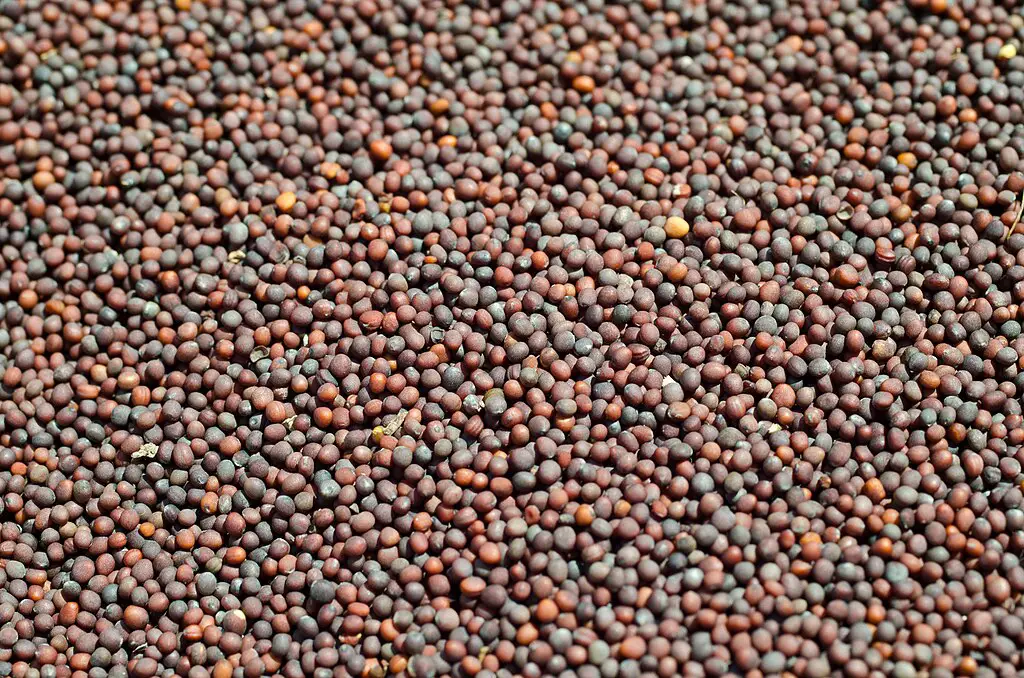
Black Pepper
Black pepper is an integral component of Indian cuisine and often forms the cornerstone of many spice mixes. Commonly sprinkled on chaats and Indian breads, but also utilized in many savory dishes as it lends its distinctive spiced bite. Used extensively as part of soups and sauces.
Peppercorns get their characteristic sharp bite from an amino acid compound called piperine, which can degrade over time when exposed to heat, light, or air exposure. Black peppercorns come from unripened drupes of flowering plants while white and green varieties come from seeds of mature fruit.
Cumin is an essential spice in Indian cuisine, used to add rich, smoky notes to many curries and vegetables. Like chili powder, cumin can be powerful; therefore it is advised that starting off slowly before gradually increasing intake.
Fennel seeds (known as dhania in Hindi) are another staple ingredient in Indian cuisine, known for their sweet and pungent licorice-like taste and use in many savory Indian dishes. Roasting and grinding into powder are typically done prior to adding them into recipes.
Garlic is an integral component of Indian cuisine. It can be added to sauces and dips as well as fried in oil before being used to flavor breads such as naan. When combined with turmeric, its hue gives dishes their characteristic rich yellow hue.
Turmeric, an iconic spice found throughout Indian cuisine, offers many health advantages. Notably, turmeric acts as an effective natural anti-inflammatory. Unfortunately, turmeric can be very spicy for some individuals; to reduce this spiciness further, try adding lemon juice or drinking warm water with sugar added – either will neutralize capsaicin’s effects and lessen their intensity on your mouth.
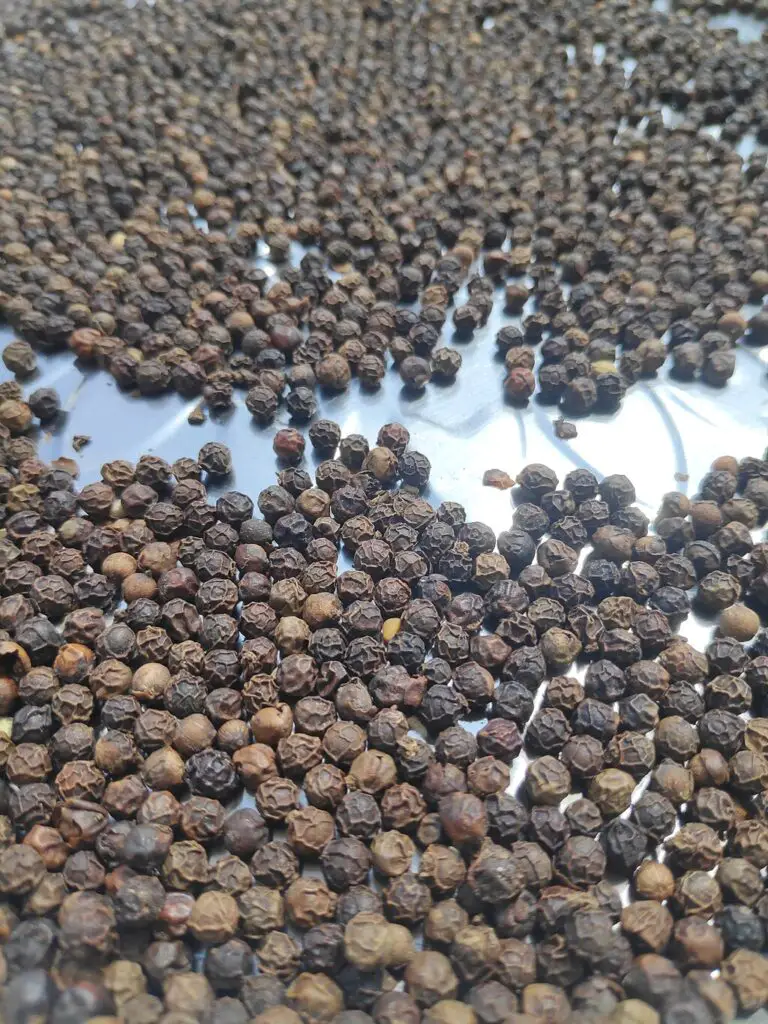
Read More:

